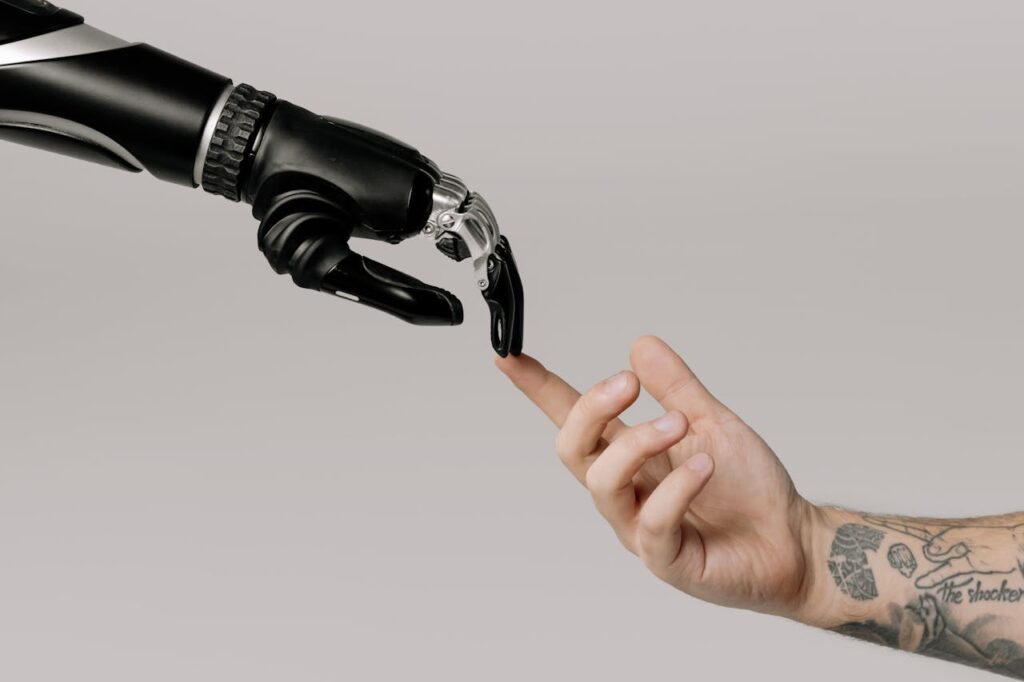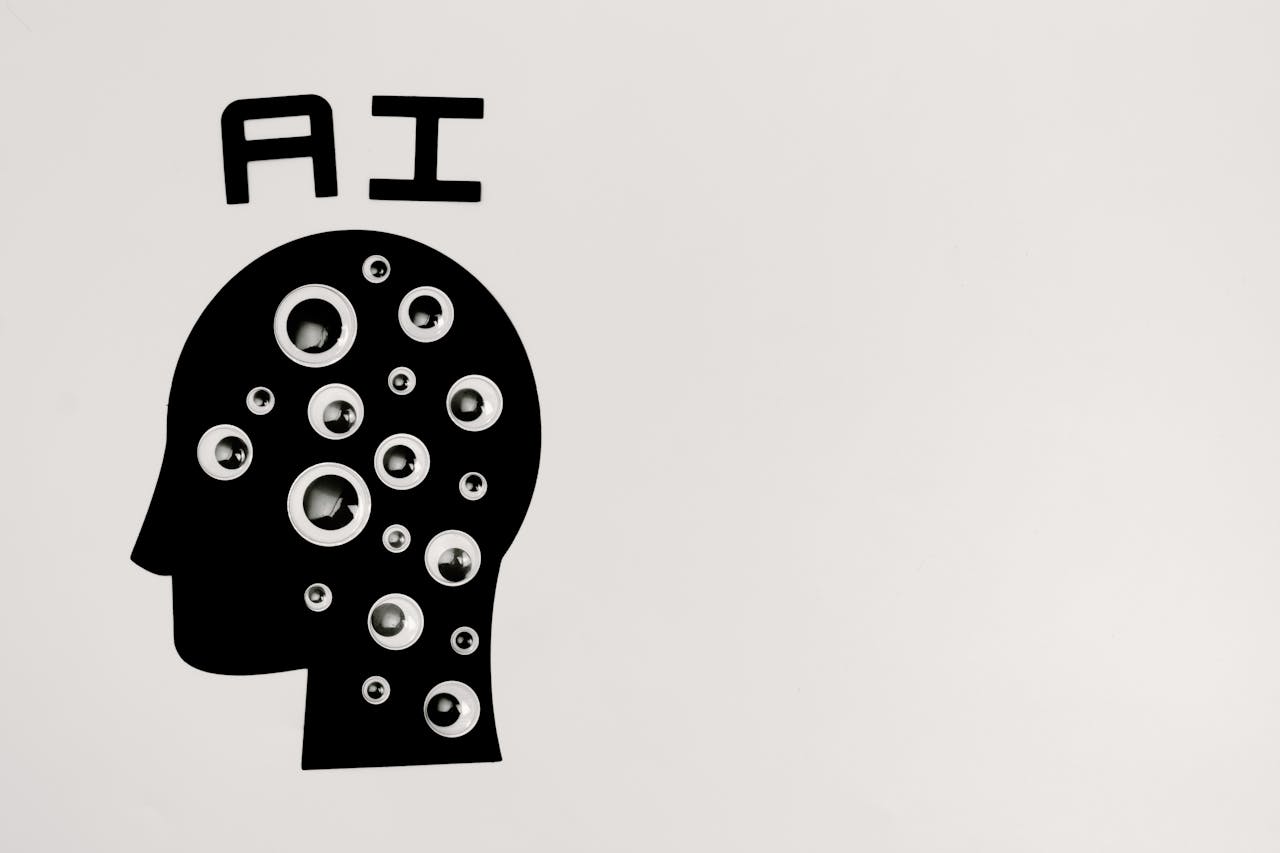AI and IoT: Predictive Maintenance for Affordable Housing
Urban development needs affordable housing to provide all social groups access to secure sustainable homes.
The management of affordable housing units presents difficulties because escalating maintenance problems require expensive repair solutions.
The combination of Artificial Intelligence (AI) and Internet of Things (IoT) functions as a crucial solution for these purposes.
Predictive maintenance supported by IoT technologies alongside AI allows housing managers to detect upcoming maintenance issues promptly so they can cut down expenses and enhance residential quality of life.
Understanding Predictive Maintenance in Affordable Housing
Using AI and IoT technologies predictive maintenance serves as a predictive approach to monitor housing infrastructure conditions to foresee breakdowns before they materialize.
Maintenance practices in the industry operate on reactive models by fixing problems only when they develop and on preventive models through scheduled inspections regardless of actual requirements.
Real-time data collection and AI algorithms in predictive maintenance systems help organizations foresee equipment breakdowns to make prompt corrective actions.
Predictive maintenance systems require three essential components which are:
- The IoT Sensors installed in each housing unit monitor the essential measurements of temperature along with humidity as well as water pressure together with electrical utilization.
- Machine learning models with AI Algorithms review sensor measurements to discover irregularities and forecast product breakdowns.
- Cloud-Based Platforms serve as systems which contain data storage together with processing functions to enable housing managers get access to current analytical insights.
The combination of these technologies through predictive maintenance enables housing infrastructure to achieve longer service times and reduced maintenance expenses together with fewer urgent repair requirements.
Benefits of AI and IoT-Based Predictive Maintenance
This combination delivers several advantages to communities which provide affordable housing:
a) Cost Savings
Unknown maintenance problems result in high repair expenditures.
The early alert system of predictive maintenance helps discover issues in advance to perform less costly small repairs before major expenses occur.
b) Improved Safety and Comfort
Heating system malfunctions alongside electrical defects and leaking water pose potential dangers for residents.
The continuous system monitoring function of predictive maintenance creates a safe residential space for all occupants.
c) Energy Efficiency and Sustainability
Because of its predictive maintenance capabilities AI drives energy management by tracking down unproductive equipment systems.
Affordable housing becomes environmentally sustainable because predictive maintenance reduces energy costs which decreases greenhouse gas emissions.
d) Minimal Disruptions for Residents
Traditional maintenance approaches need invasive inspections together with invasive repair procedures.
The predictive maintenance approach enables staff to fix numerous problems earlier than residents become aware of them resulting in enhanced residential comfort.

Implementing AI and IoT for Predictive Maintenance in Housing
The proper integration of AI and IoT in affordable housing maintenance demands a sequential process involving the following steps:
a) Deploying IoT Sensors
The installation of IoT sensors by housing managers should be focused in important areas including HVAC systems and plumbing systems and electrical grids and structural components.
IOT sensors send immediate information about system operational performance.
b) Utilizing AI-Powered Analytics
Machine learning algorithms use data patterns to identify early warning signs of maintenance-related problems.
The identification of anomalous patterns by AI systems enables maintenance personnel to conduct early preventative interventions.
c) Integrating Cloud-Based Maintenance Platforms
Multiple housing units can share their data through cloud-based platforms that compile distributed data sets into comprehensive maintenance overview.
Cloud-based maintenance platforms enable users to execute maintenance scheduling at automated timings.
d) Training Maintenance Teams and Residents
The implementation of predictive maintenance requires complete operational knowledge training for both staff members of housing facilities and residential inhabitants who need to respond to alerts from smart systems effectively.
The established procedures will help managers develop a maintenance system that saves time while decreasing costs and fulfilling the needs of residents.
Future of AI and IoT in Affordable Housing Maintenance
The continuous evolution of technology will expand AI and IoT functions in housing maintenance which will result in more efficient and accessible predictive maintenance systems.
Emerging trends include:
a) Smart Home Integration
The smart built-in systems of forthcoming affordable housing units will blend monitoring and maintenance control operations while reducing human intervention requirements.
b) AI-Driven Self-Healing Systems
Through sophisticated AI algorithms self-healing systems can automatically detect and fix minimal issues in pipes alongside electrical system fluctuations autonomously.
c) Blockchain for Maintenance Records
Secure blockchain technology improves efficiency and transparency through protected maintenance history databases which provide correct information to housing managers and their tenants.
d) Wider Adoption in Public Housing Projects
Housing authorities together with governments actively use advanced AI and IoT technology in large-scale low-cost housing construction to achieve reduced operational expenses and better safety levels and improved energy performance.
Predictive maintenance will grow better thanks to AI and IoT developments which will result in affordable housing communities that have smarter sustainable living environments.
Conclusion
Affordable housing accessibility increases through AI and IoT-powered predictive maintenance thus generating operational cost reductions along with sustainability improvements that provide both better living quality to residents and financial stability to property managers.
Frequently Asked Questions (FAQs)
1. Is predictive maintenance expensive to implement in affordable housing?
Using IoT sensors and AI software requires an upfront investment yet results in cost savings because it obstructs major equipment breakdowns and optimizes energy consumption
2. The detection range of predictive maintenance covers what types of system issues?
Predictive maintenance technology detects various threats like water leakage alongside electrical system damage together with heating ventilation and air conditioning failures and building weak points and suboptimal energy efficiency.
3. Do current IoT and AI systems function in pre-existing older residential properties?
Old buildings can receive AI and IoT features through installing smart sensors that link to cloud-based analytics platforms.
4. How does predictive maintenance differ from regular maintenance?
The AI-assisted IoT system of predictive maintenance detects future faults in advance as distinct from traditional maintenance scheduled for after problems occur.
Also read: The Role of IoT in Smart Cities

